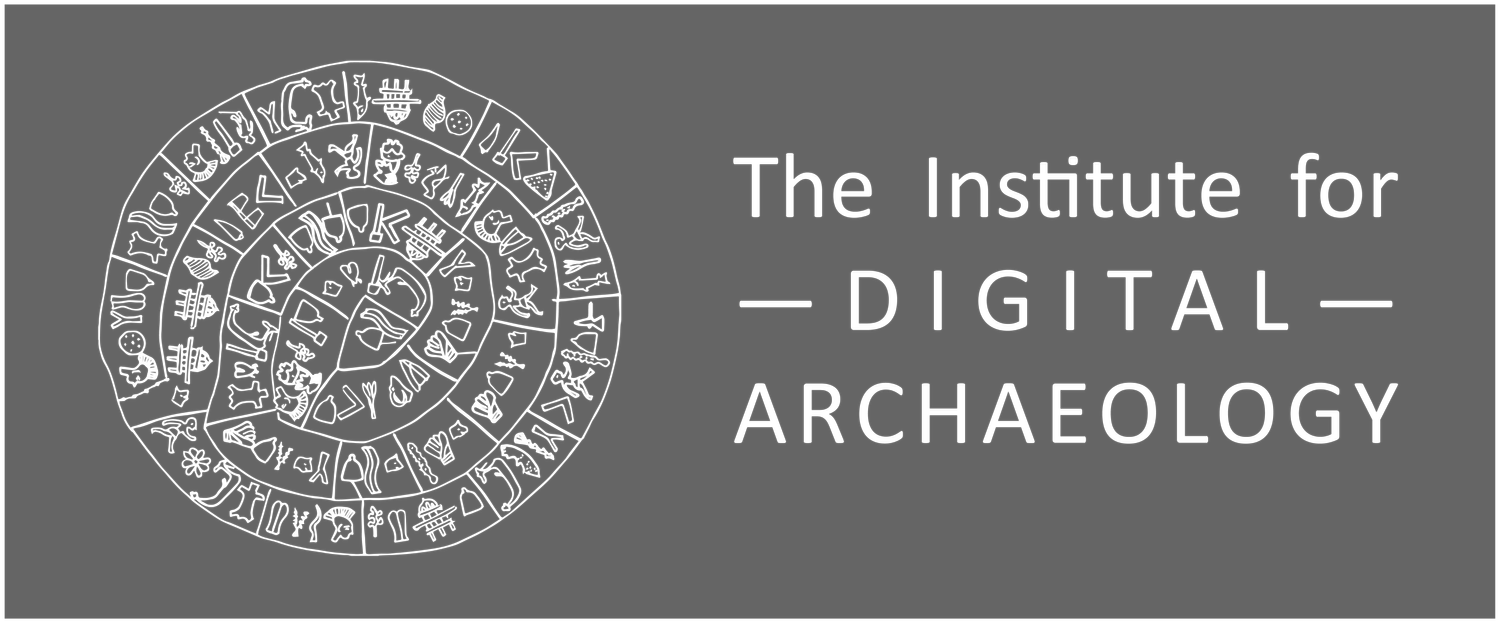Palmyra at the Fogg Museum, Harvard University
/Relief of a Man and Child (1998.3) and Relief of a Woman and Two Children (1906.3) from Palmyra, c. 150 CE. (Fogg Museum, Harvard University)
Last week, the IDA visited two funerary sculptures from Palmyra that are housed in the Fogg Museum at Harvard University. The sculptures, pictured below, represent the multi-cultural history of Palmyra and its importance as a crossroads in the ancient world.
Both pieces, one a relief of a man and his child, the other a relief of a woman with two sons, feature Aramaic inscriptions. The clothing depicted in both reliefs is culturally mixed. The man, identified in the inscription as ‘Male’, wears his hair in the Roman style common during the time of Hadrian as well as Greco-Roman clothing, while his son, identified as ‘Maliku’ sports a short tunic and Parthian trousers. This mixed wardrobe is significant in that it highlights the open and culturally vibrant nature of Palmyra at the time (c. 150 CE).
Relief of a Man and Child, wearing both Greco-Roman and Parthian style clothing
In the woman’s portrait, her two sons stand behind her holding symbols of the family’s agricultural wealth; one holding a bunch of grapes, the other with dates hanging from his wrist. The wealth of Palmyra, a rich Oasis halfway between the Mediterranean and the Euphrates, would make it one of the most successful and important Mediterranean cities of the 2nd and 2rd centuries CE. Extensive trade from both the east and the west made Palmyra a hub for the flow of goods and ideas, again, visible in the blend of cultural symbols visible in the funerary reliefs.
Relief of a Woman and Two Children. The two children are holding symbols of their family's agricultural wealth
The city, which became part of the Roman empire in 14 CE, had a history of autonomy and had long been a meeting place for east and west. In roughly 130 CE, the city was declared a civitas libera or free city, and this is reflected in the unique nature of the art and architecture of the city. These funerary portraits, for example, not only show a mixing of peoples and ideas in the city, but are constructed in a singular form, in which the subject is fully frontal and the viewer engages with their image directly. Palmyra, then, was a place for different peoples to come together and exchange goods and ideas, a hybrid society that adopted traits from the many immigrants who called it home.





